Club furniture must be chosen wisely. It needs to look great and be comfortable, but also be able to withstand the heavy traffic that comes with the club territory. This can often mean sourcing club furniture can be stressful. We understand this, and therefore we have pulled together a few tips you can take away with you on the pricing you can expect to see across the industry.
When you’re looking at your chairs, you will find the biggest difference in the cost will be because of the materials used to make the chairs.
What affects the cost of my club chairs and stools?
Club chairs and stools range from polypropylene, through to upholstered and timber options. These all vary greatly in price for several reasons.
Polypropylene chairs and stools vary in price (anywhere between $50 and $250 each) depending on the design and style of the product. Polypropylene chairs and stools are injection moulded; therefore, more complex designed chairs require more complex moulds – sometimes more than one mould for each product. With these designs, the sections also need to be joined together. Another cost for injection moulding is the finishing off – often after a product has been pulled from the mould, a razor needs to be run around the edges to ensure that they are smooth, and no sharp edges are left.
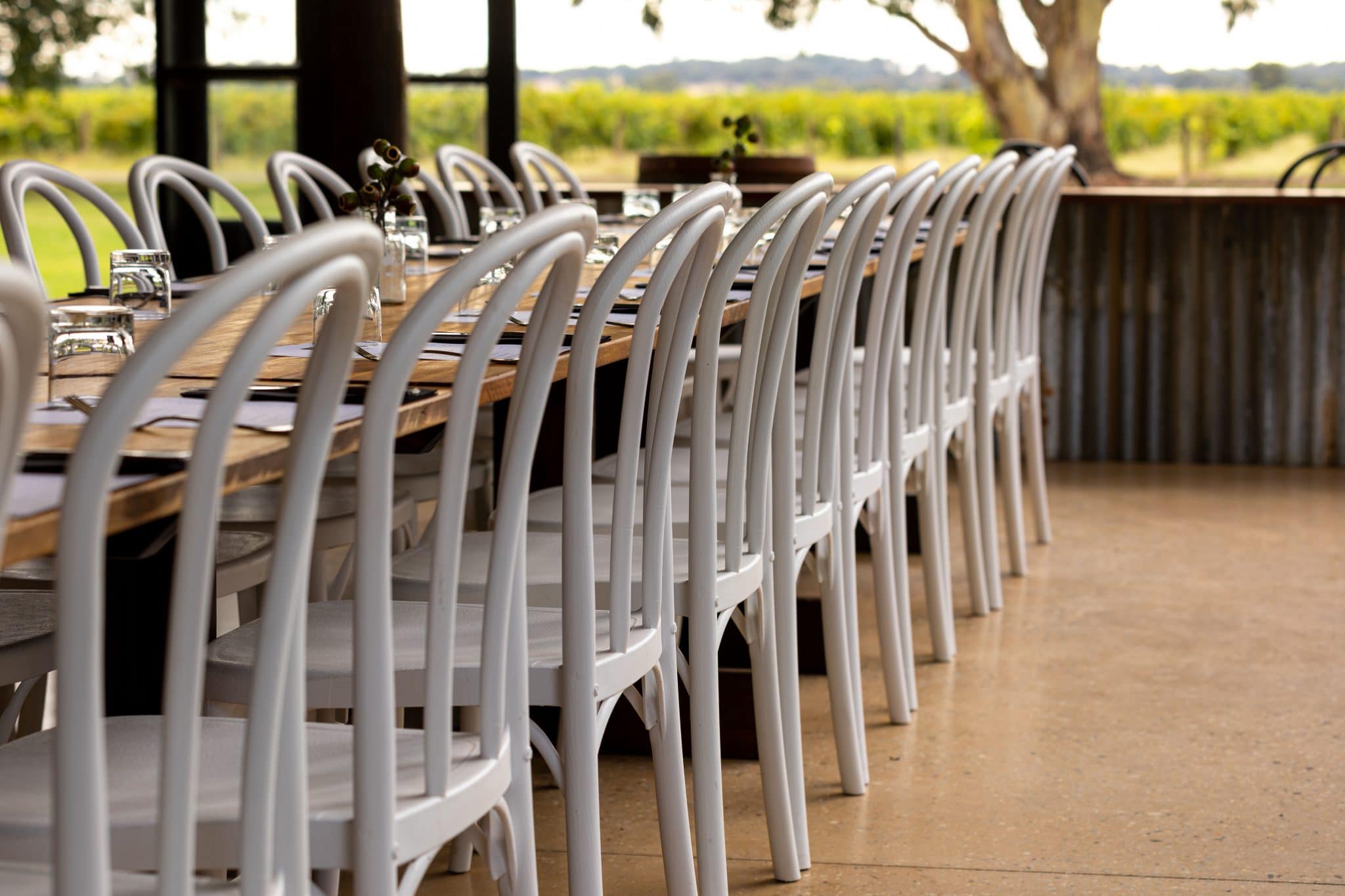
Polypropylene chairs and stools are a favoured style for many venues due to being able to be stacked away easily and their durability. They’re also the bottom of the cost ladder and therefore many venues choose to have these on hand purely for the cost effectiveness of them. However, if you’re looking for something a little more refined, you might want to look at the upholstered range, which are the next step up the ladder.
Upholstered chairs and stools are bound to turn heads and bring in the classic comfort of soft upholstery. These chairs and stools are the most diverse in pricing, ranging from between $90 and $1000. The reason for this lies in the framing. Some are framed with steel, others with timber.
The manufacturer may change between RHS (Rectangle Hollow Steel) or CHS (Circular Hollow Steel), depending on the style and this also affects the price of the product. How much the steel is bent and moulded to the shape of the chair or stool is another feature that affects the cost. Sometimes timber is used as a frame. This is where pricing tends to increase as the materials used cost more.
However, it isn’t only the frame that drives the cost up, but also the upholstery and cushioning. Any custom upholstery will drive the costs up of your furniture also. Some venues choose to add custom upholstery to their timber chairs and stools, which further adds to the cost.
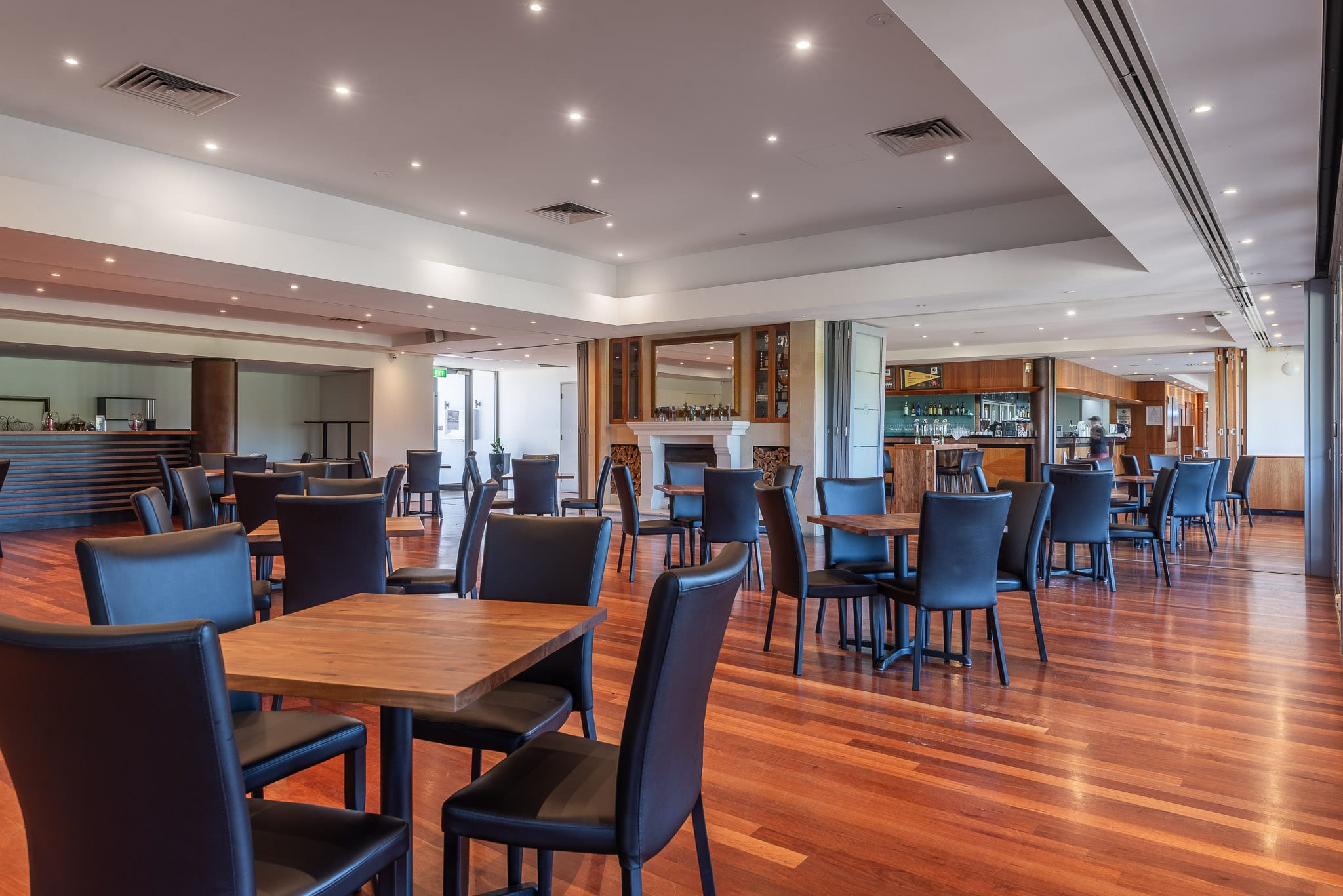
Timber chairs and stools in themselves are not all the same price bracket. Depending on the timber that is used, timber chairs can range greatly in price – from around $90 right up to $500 a seat. European Beech is the preferred hardwood that is strong, inexpensive and has been used for furniture since the 1800s.
European Beechwood is a hardwood that can be steam bent to create components effortlessly without the joins. The idea was pioneered in the mid-1800s by Michael Thonet in Vienna and revolutionised the concept of timber furniture – the process is still widely used around the world today. European Beech timber is a slow growing tree with a short grain – making it strong and stable, and therefore ideal for furniture.
More inexpensive timber products will often be made from Rubberwood or Chinese Oak, which is fast growing but not as strong. These timbers are easier to produce, which brings the price of the furniture down.
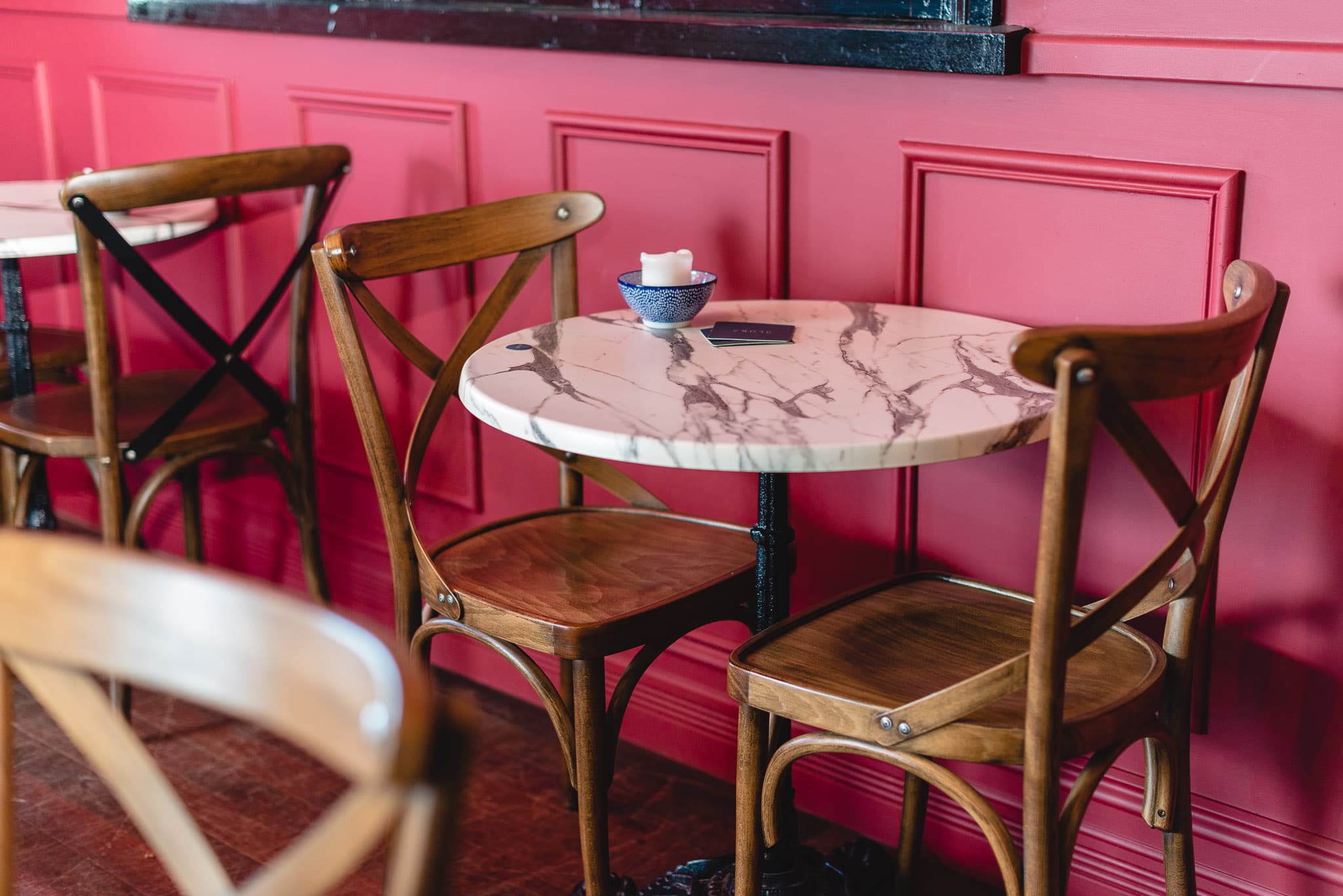
Chairs and stools aren’t the only pieces of furniture that you’ll have in your club though! You’ll also need some tables. Throughout the years, we’ve found that club tables need to be both practical and stylish, as they need to match the aesthetic of the club and be able to seat large numbers of people.
What affects the cost of my club tables?
As event sizing changes, we understand you may be looking for tables that can be easily rearranged to seat as many guests as required. You may be looking at tables that can be folded up and put away if they’re not needed.
Whilst fold-away tables may sound like a more costly venture, these tables are more often the cheaper way to go. This is due to the bases being common and imported at a lower cost. often table rigid table bases that are needed for a function table will have to be custom made as normal table bases are not created to cope with a table top of that size. Custom items are always more costly than something that is imported or stocked. For this reason, you will most likely find foldable tables will less costly than something that is fixed, and custom made.
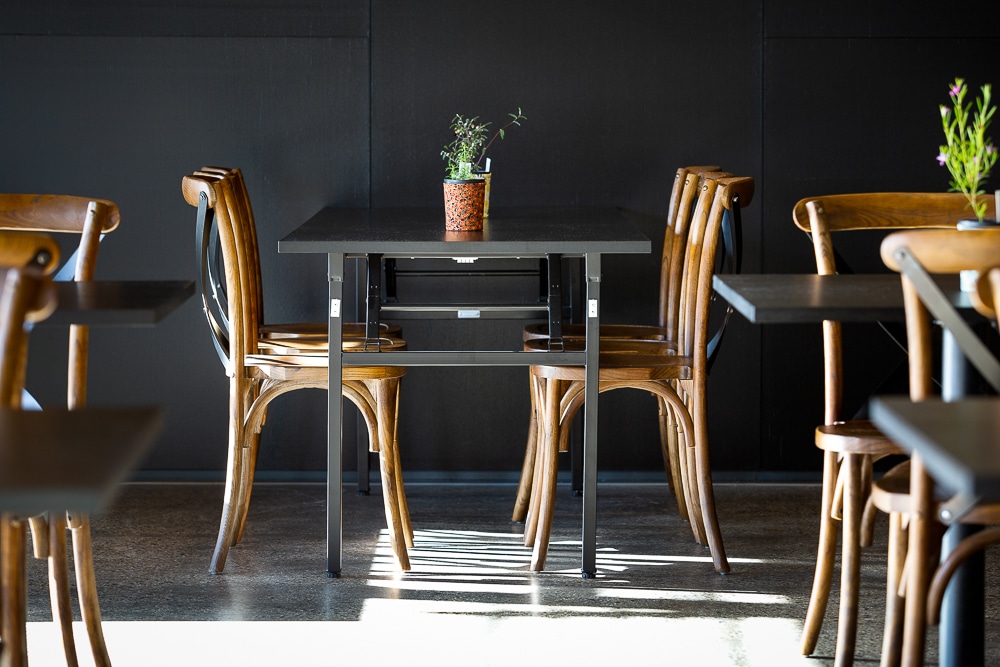
If you’ve made the decision about your table base, have a look at the table top you’re thinking of having. Depending on your venue, you might choose to go with a laminated table top or maybe a blow moulded resin.
For the classier look, we would suggest a pre-laminated table top. However, these are more costly than a blow-moulded resin. This is for two reasons. Firstly, blow-moulded resin tables, such as Adage’s Duratables, are stocked items and pre-laminated tops are custom made. Secondly, pre-laminated table tops are made locally and use materials of higher quality. Pre-laminated tops come in a wide range of colours and offer value for money; however, they can’t be used outdoors.
The shape of your table top will also affect how much you pay for your tables. Round table tops tend to be more expensive than square or rectangle tops.
You may also be looking at getting some bar tables for your venue, which are a great addition to your venue. Much like the dining tables, the materials that the bar tables are made from will affect the price you pay.
Timber bar tables will be the priciest of the bar tables. For the same reasons as the timber chairs. Depending on the timber used, timber bar tables will more than likely be the costliest bar table option.
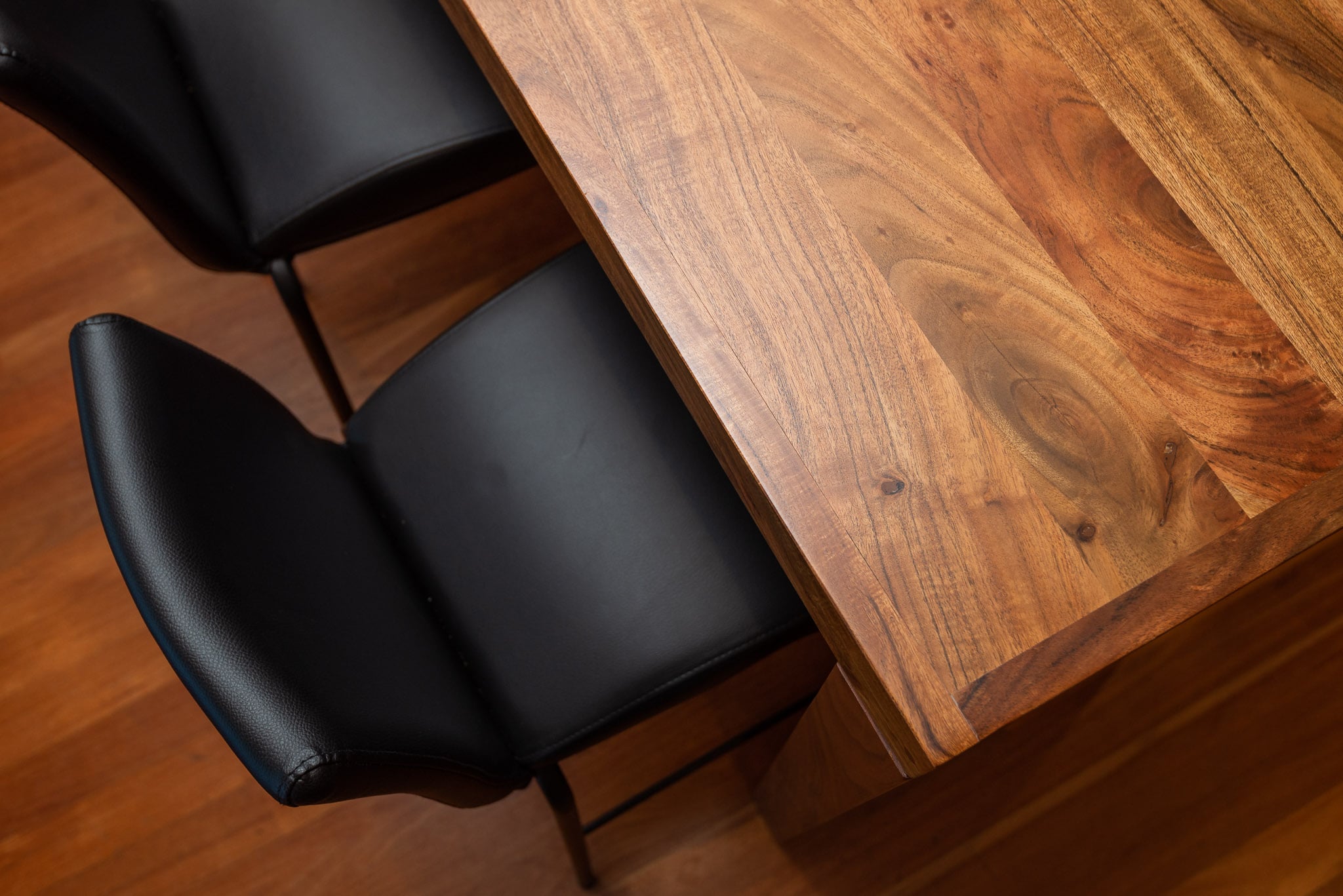
This goes for both entire timber bar tables and timber table tops. However, a more cost-effective way to achieve the timber look would be to go with a separate timber table top on a bar table base. However, the biggest downfall with this idea, is that these tables are limited in their sizing and the number of patrons that they can fit.
A different option that wouldn’t be as costly, would be to use a laminate top, rather than a timber table top.
Alternative to both timber and laminate, would be resin tables tops. Here at Adāge we call these Gentas tops, but you may have heard of them as Isotops or SM France table tops. Resin table tops are strong tops that offer beautiful finishes and ask a reasonable price. They aren’t created from solid, natural materials, such as timber, and the process to create the top is much simpler than it is to create a laminate table top. This often means moulded resin table tops are the most economical table top available in the commercial furniture market.
However, it isn’t only the material of the top of the bar table that will affect the cost of the table. The materials that are used in the base will also affect the price. Standard steel, aluminium, cast iron and stainless steel are all used to create bases.
Standard steel is in abundance and therefore tends to be the most inexpensive material used for table bases. Cast iron bases are more costly than standard steel as they require moulds for each base, and therefore more work goes into each base. Stainless steel is the most expensive material used for table bases, due to the additives that are used to make the product corrosion resistive.
With any steel products, there are also additional options, such as powder coating or galvanizing that drive the cost of the item up. These additives make the item useable outdoors, but it does add to the cost that you will pay.
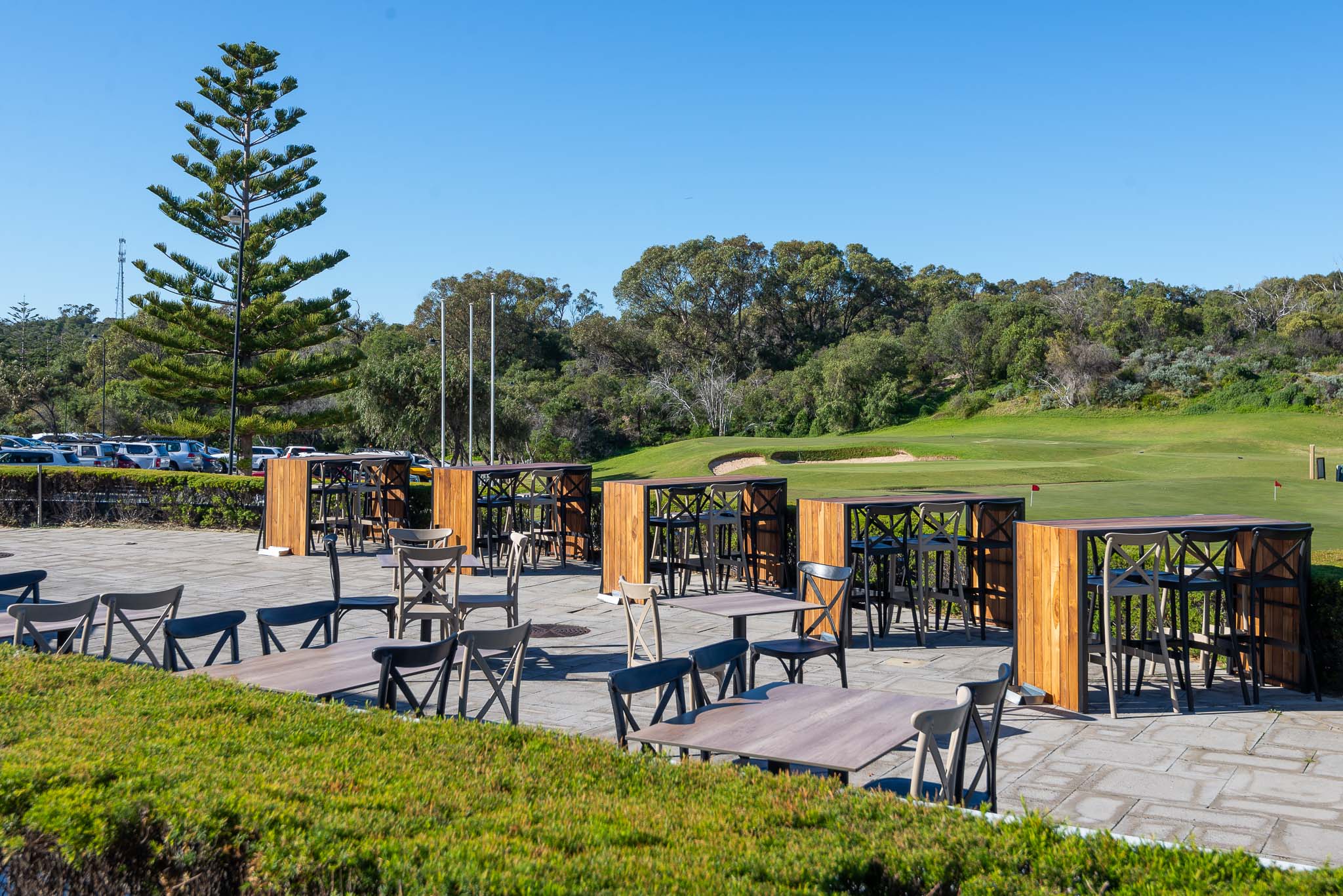
As bar tables are such big items, the size that you decide to run with can also affect the price that you will pay. This may sound obvious, but the bigger the table, the more the table will cost. Bigger tables require more materials to create them, and therefore the cost increases. However, it isn’t only materials that mean that bigger tables are more costly.
Bar tables are bulky items to freight and therefore the bigger the table, the more it will cost to freight from the warehouse to your venue.
So now this is where we leave you to make your own decisions about your furniture, we hope you’re feeling a little more informed. If you’re having some trouble making this choice and you’d like to see some furniture for yourself, give us a call and speak with one of our consultants today! We’d love to hear from you.
Come and see what high quality club furniture looks like
Visit one of our showrooms in Melbourne, Perth and Sydney.